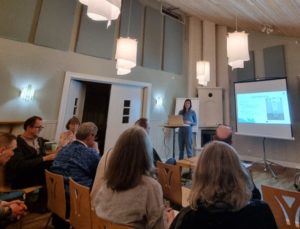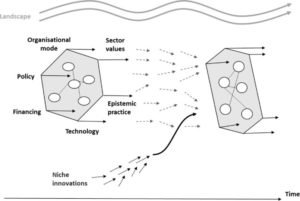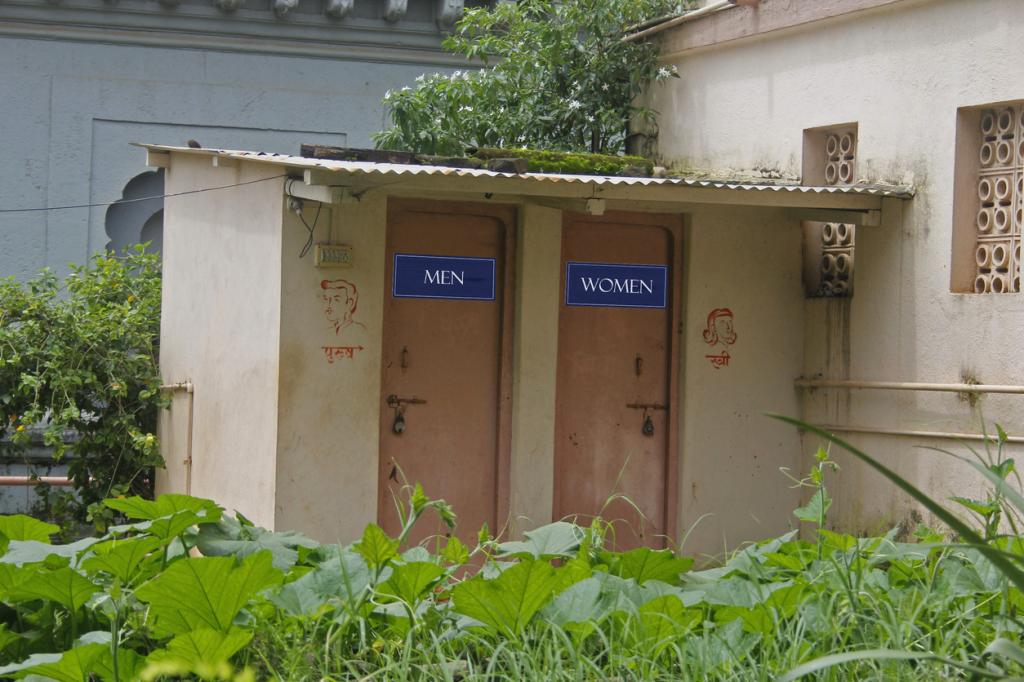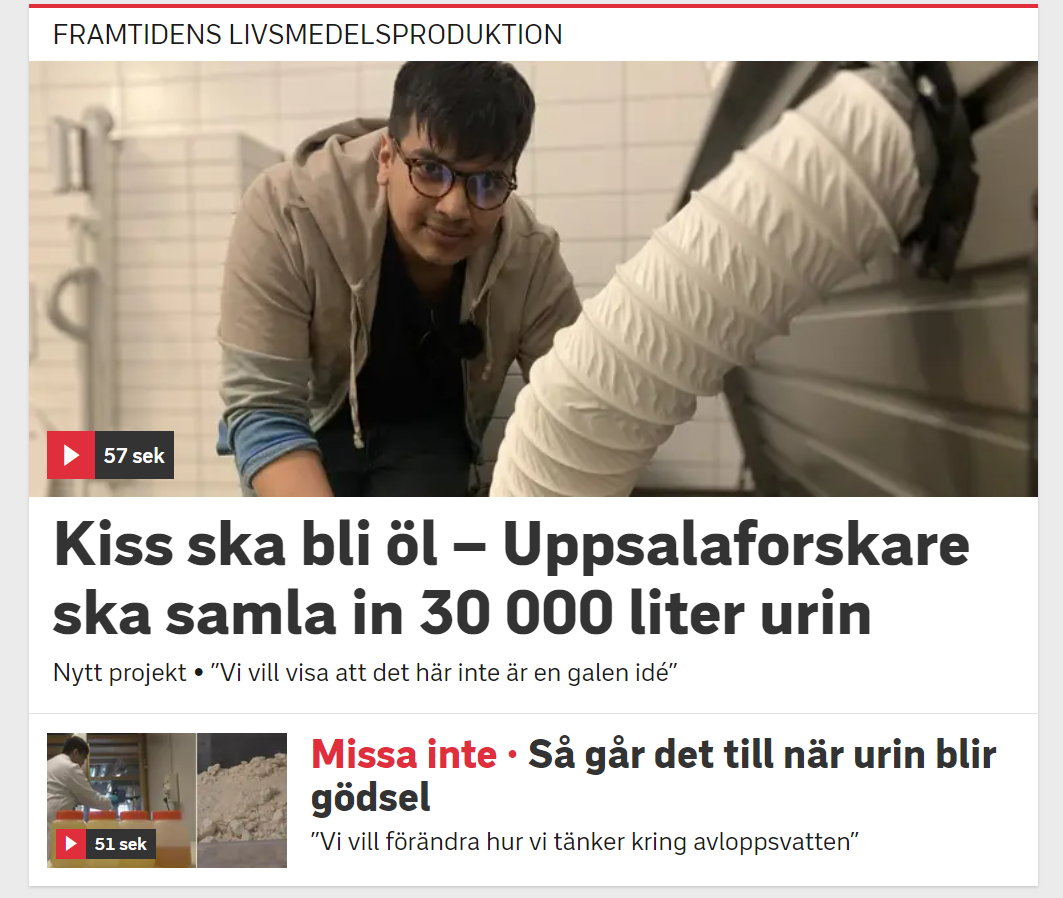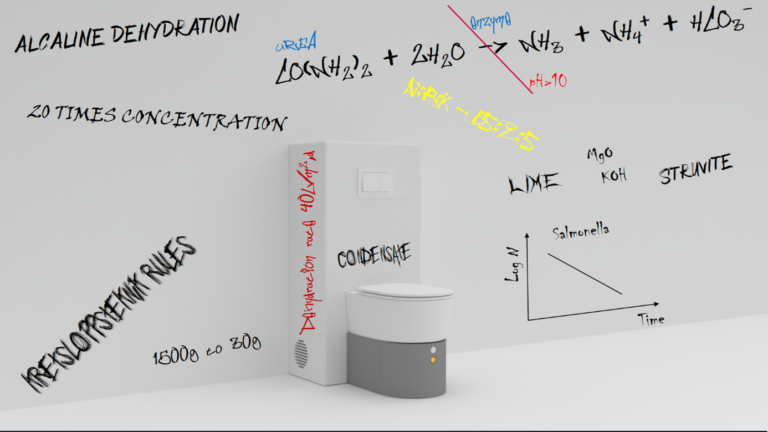Last week the Black Soldier Fly lab hosted a study visit for 25 students from the SLU Youth institute with a mix of Swedish, Bulgarian, Slovenian and Spanish students. We discussed the worldwide issue of waste generation, its impact on the environment, the globally increasing need for protein and the possibility to produce protein from waste. Black soldier fly composting will continue to be a valuable option to both reduce organic wastes and produce protein.

If you want to know more contact Viktoria Wiklicky and Cecilia Lalander

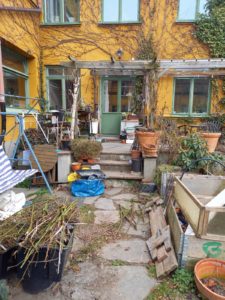 Last week several members of the group had the pleasure of visiting two ecological housing collectives situated in Stockholm –
Last week several members of the group had the pleasure of visiting two ecological housing collectives situated in Stockholm – 